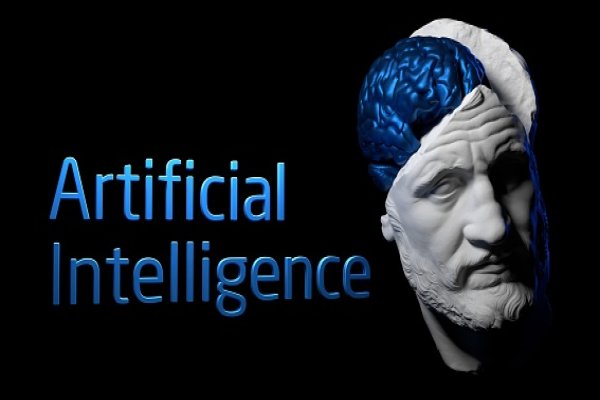In an ever-evolving world where the human species is constantly reaching for further technological advancements, Artificial Intelligence (AI) has become an inevitable part of our lives. From medical advancements to movie production, AI and its capabilities have taken center stage in creating innovation.
But many might not know or comprehend how revolutionary this technology will be for art — modern-day music and visual creations. While AI provides incredible potential as a tool to assist in creation – and even imagine new realms of innovative possibilities – it has also opened up numerous opportunities for more meaningful conversations around the ethics of creativity being crafted through machines instead of people.
DALL-E offers an intuitive user experience, OpenAI’s deep learning engine, with its minimalistic UI comprised of only an empty text box and the word “Generate” in bold. Open AI is the same team behind ChatGPT.
With the same formatting, DALL-E can promptly create renditions of any artwork using a simple command.
Using the provided prompt, “80s style Polaroid photo” and “four purple bears dancing around a fire with one playing an accordion,” DALL-E created three images that did not previously exist—not even in my imagination.
Combinations of images, art styles, and abstract ideas – derivatives that are usually of human origin – are made to come alive by Artificial Intelligence via coding.
Different people have their distinct vision of love, music, and emotion: what it would look like visually. Creative AI tool DALL-E can suggest graphical representations of such concepts emerging from machine learning capabilities.
As the capabilities of DALL-E remain virtually undiscovered, this deep learning model can create anything from the simplest of line drawings too much more complicated, photorealistic portraits. No limits exist when it comes to what this unique system is capable of achieving.
Graphic designers, small freelance artists, and book illustrators all stand to be negatively impacted as AI’s capabilities increase. Potential catastrophic consequences lie ahead along with the increasing competency of Artificial Intelligence.
AI has revolutionized the art world by allowing businesses to forgo the expensive hiring of artists for welcome logos and event poster creation. However, this new tide of technology has caused distress in many as AI may soon overpraise human artistic endeavors altogether.
Because of the total output it can create, AI art has been largely perceived as a fad by critics because they believe human art is irreplaceable, given its value. Nonetheless, some have assured readers that it would not threaten the art industry.
I anticipate that DALL-E will become a permanent tool for creative expression, and these types of art-generating AI programs will continue to fuel its progress by improving the realms of artistic creation.
For decades, people have been conflicted and disconcerted over contemporary art. Still, the inception of AI art could be the motivation required to guide artists to fulfill new creative pursuits that DALL-E cannot imitate.
Due to the emergence of DALL-E, an AI that creates mostly mundane visuals for Etsy throw pillows and Instagram infographics, artists will be liberated from churning out predictable artwork and finally be enabled to challenge onlookers with innovative creations.
Using engines such as DALL-E, art can be propelled beyond stylistic stagnation. Keeping up with the limitless possibilities of an artist’s imagination is a continuous process for these engines, effectively cutting them loose from all constraints.
Once DALL-E’s new Artificial Intelligence capability to replicate contemporary art is discovered, a roadblock of ever-present abstracted meaning will barricade the industry. As a result, artists must propel themselves to find innovative styles instead of relying on a critic’s paintbrush.
The integration of Artificial Intelligence (AI) into the art world has the potential to revolutionize the way we experience, appreciate, and create art. As Tran’s argument demonstrates, AI can be utilized to create aesthetically pleasing artwork with deeper meaning and significance. Furthermore, AI can enhance the accessibility and inclusivity of art, making it available to a wider audience and breaking down barriers to entry.
However, it is important to acknowledge that the incorporation of AI in art also raises ethical concerns, such as the issue of ownership and authorship and the potential for the technology to be misused. It is crucial for the art world to approach the integration of AI with caution and critical thought, to ensure that it is used responsibly and beneficially.
Source: bcheights



